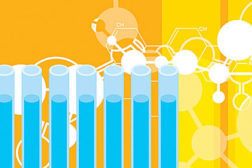Staying Dry & Comfortable With Liquid Desiccants
Let a scientist with experience both at the National Renewable Energy Laboratory and on the manufacturer side discuss the possibilities of a newer dehumidification technology within the framework of the same old moisture challenges.
Read More
